Battersea Arts Centre storytelling installation
This was the second project I've had the pleasure of working on for light and sound artist Frazer Merrick.
The first involved a system that sent audio via a series of modulated lights, but this took the concept a lot further.
Designed as an ambitious storytelling experience, this system was set up so that visitors could explore pre-recorded audio using custom handheld detector units. The audio was hidden within lights placed around the labyrinthine corridors of Battersea Arts Centre, encoded as the modulated brightness of each light.
Approaching one of the lights with the handheld unit would cause it to activate and play a section of various stories written and recorded specifically for the project. The hand unit would detect the signals sent from the light, and play back the decoded audio via the built in amplifier and speaker.
The interesting technical challenge was to keep track of the chapters that each visitor had heard, so that the wall mounted light units would play the story sections back in the correct order. This involved an ingenious two way radio system, allowing the handheld units and light units to exchange information and agree which audio file to play next.
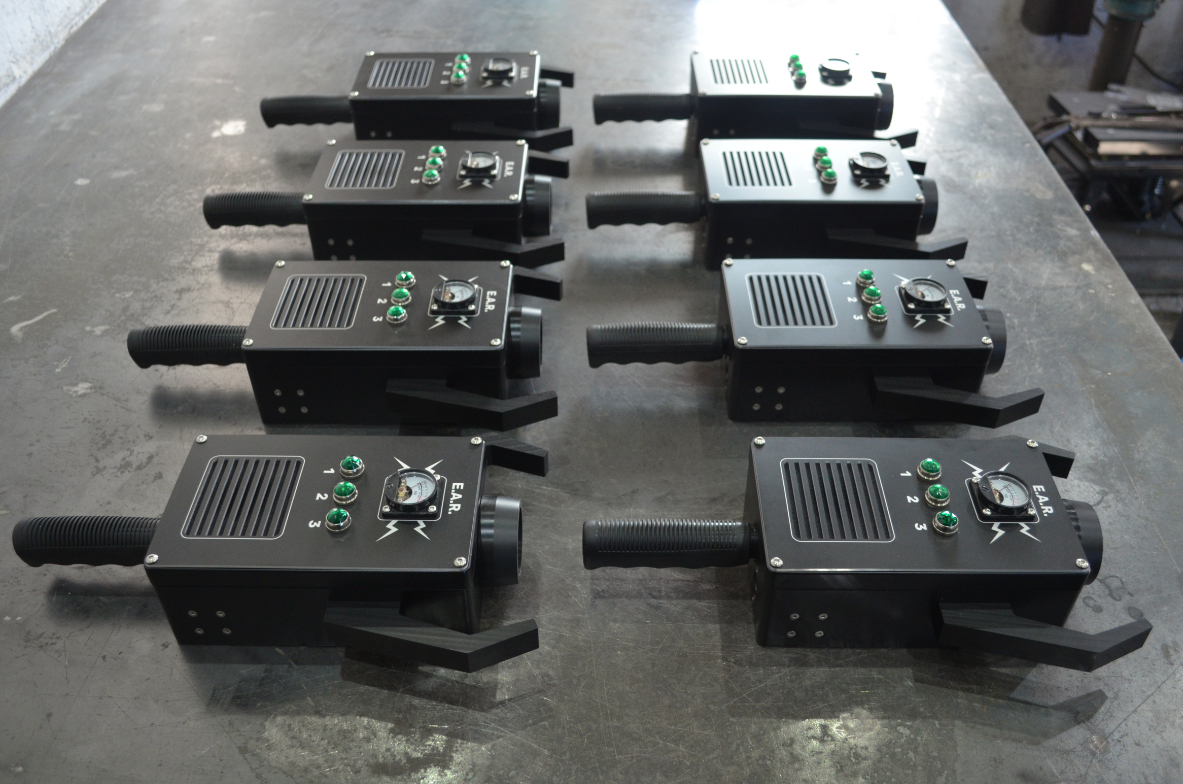
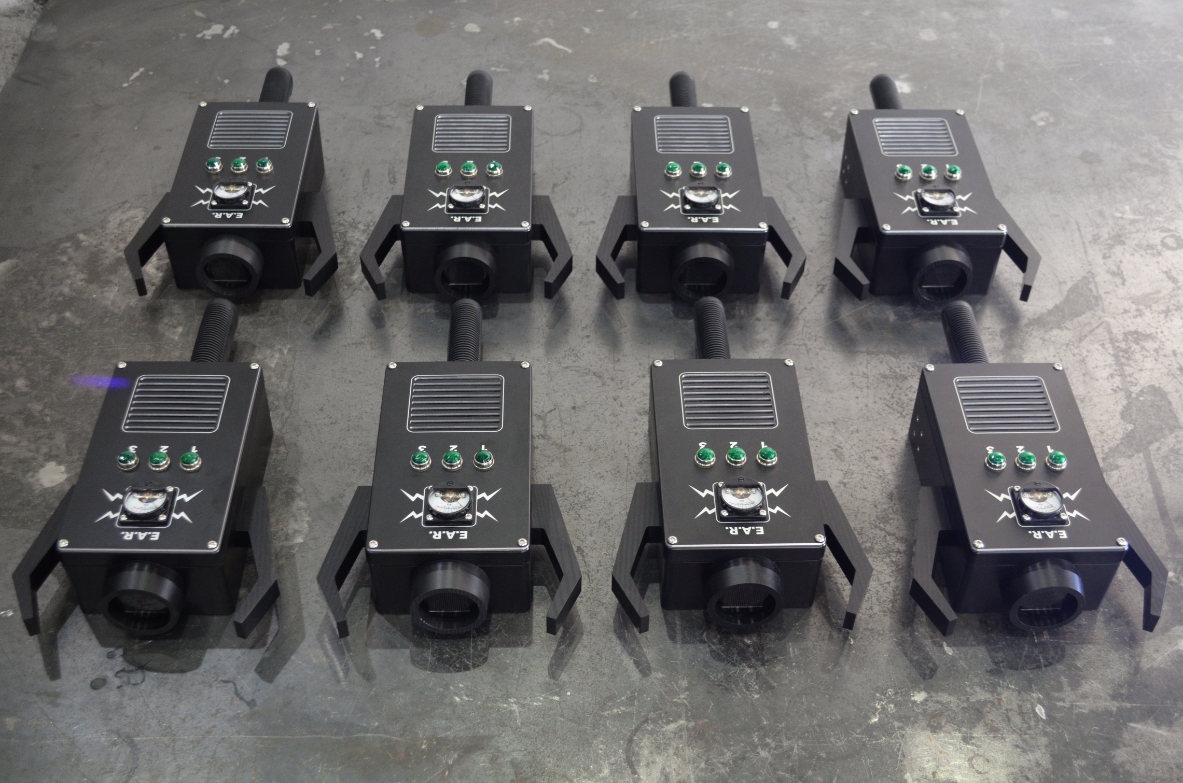
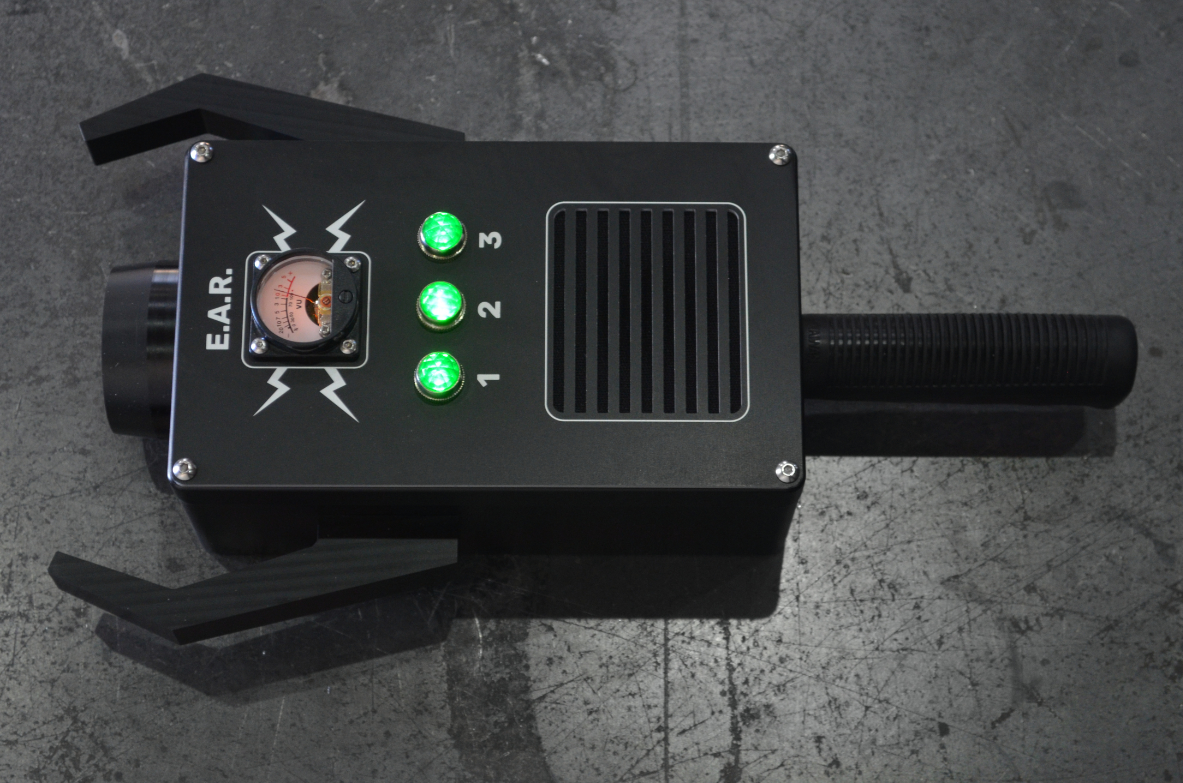
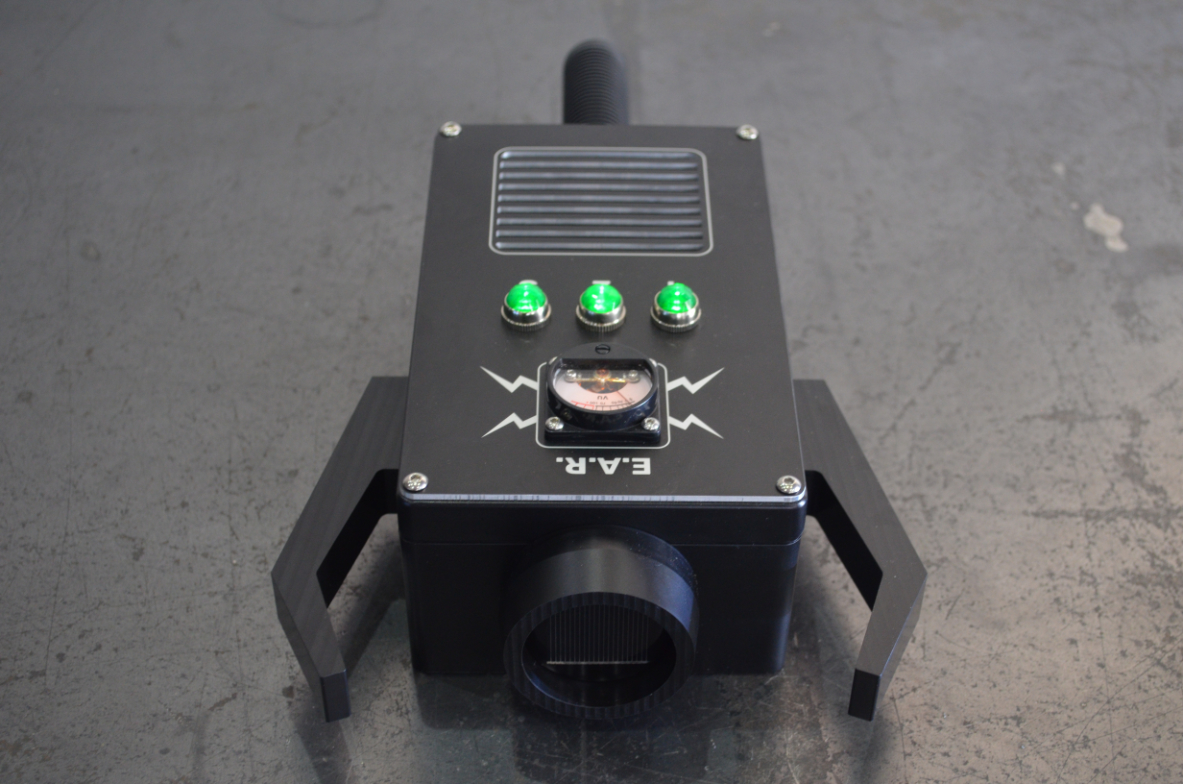
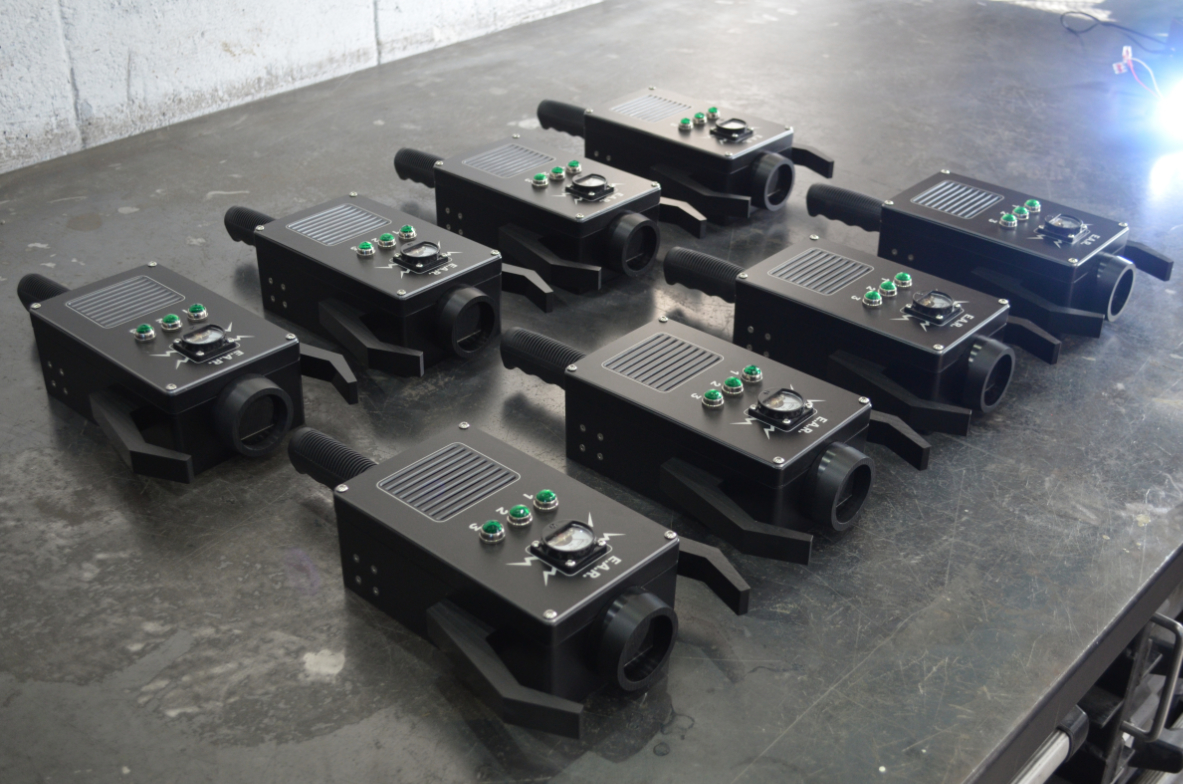
Custom PCBs were made to manage the solar cell, VU meter, transmitter, receiver, amplifier, speaker and front panel lights (the lights let you know how many story sections you've heard).
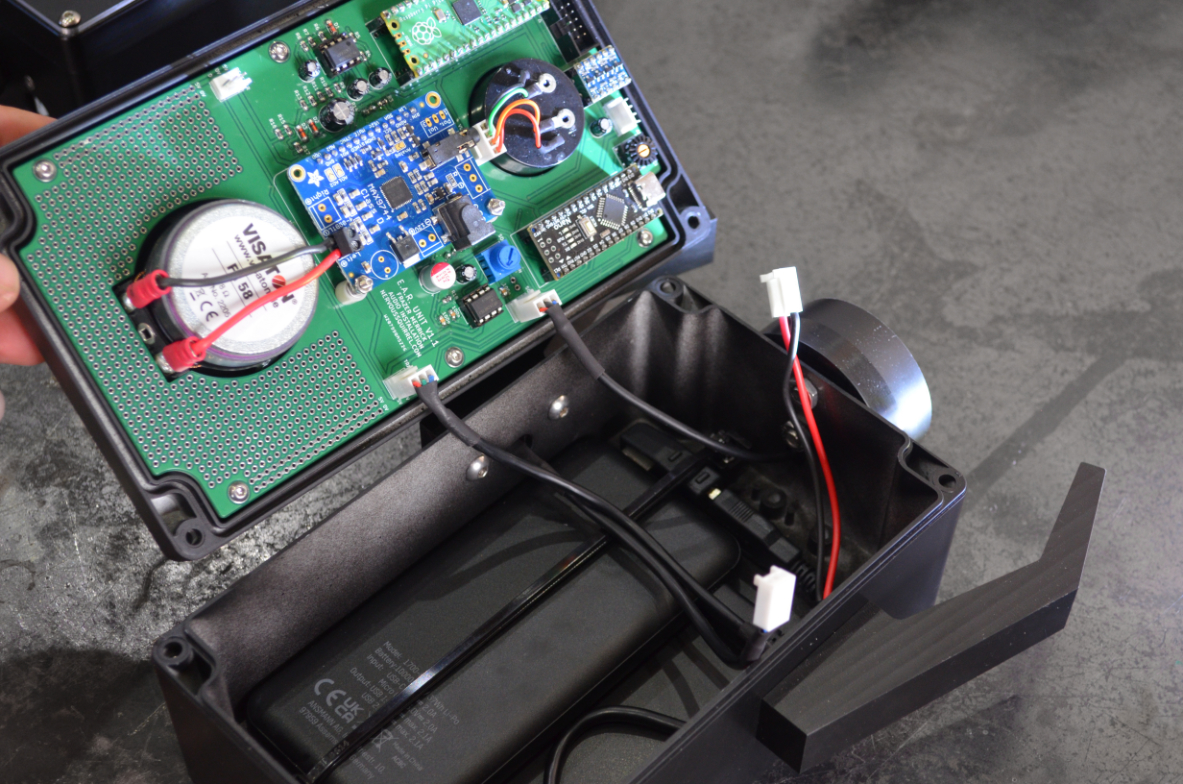
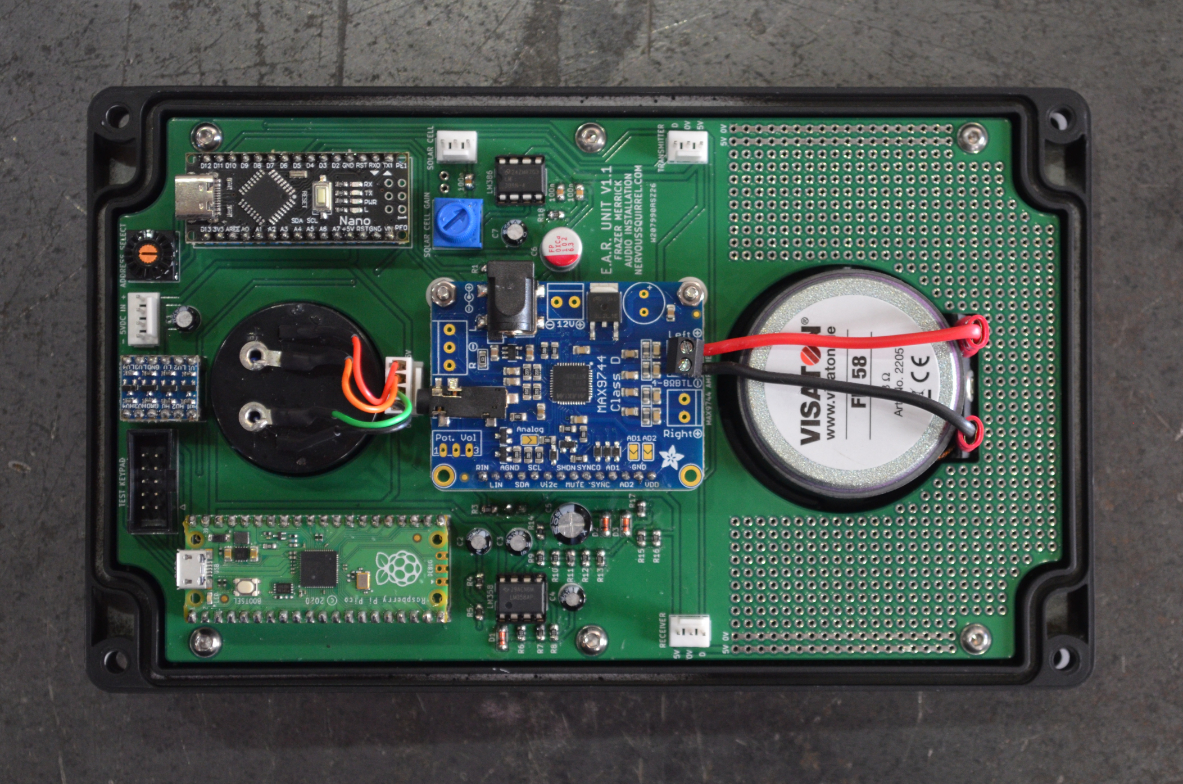
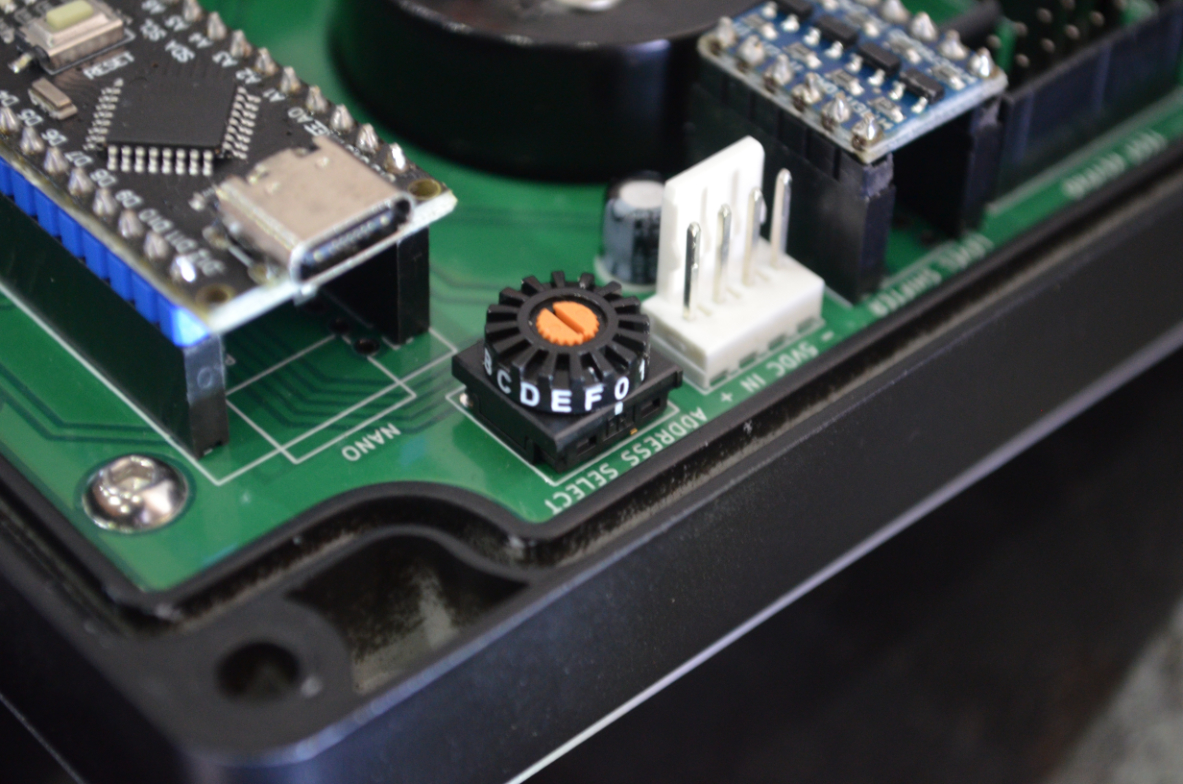
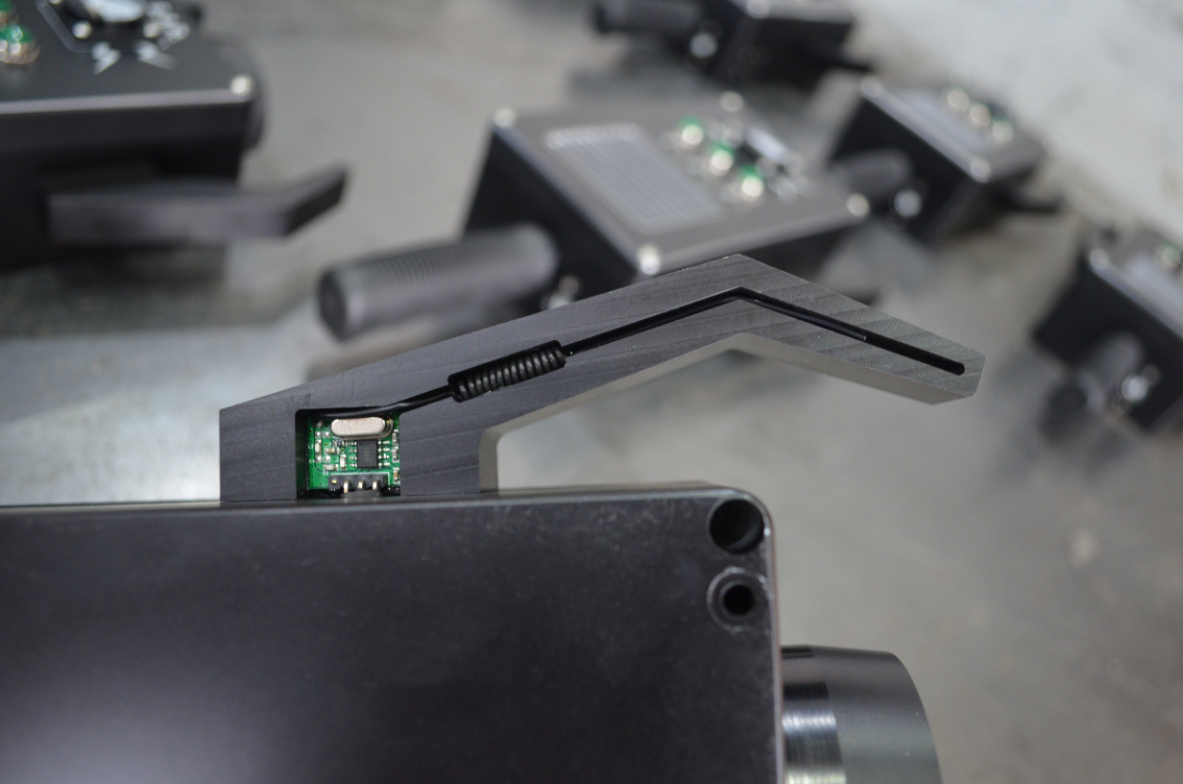
Build photos and musings on the history of including audio in DIY projects
I've used these Robertsonics boards on a lot of projects (e.g. Owl Organ, musical pig, weird test tube synth, bumper cars). They have been absolutely life-changing little red squares.
Before these boards there was pretty much nothing available that could easily add stand-alone built in audio to a project. There were a few products that could be hacked fairly crudely for audio playback purposes, in ways that now seem quite comical in 2024.
I put together an installation with similar storytelling concept in 2010, involving a "choose your own adventure" style navigable storyline. Patrick Furness and I used an old Apple eMac computer hidden under a desk, and a hacked USB keyboard donated by his sister. The keyboard was soldered to the push buttons on a landline phone, which then connected to some pirated software that played the various audio files in the correct sequence.
The first incarnation of the Owl Organ had an Apple Mac Mini built into it, along with a tiny low resolution screen and a trackball mouse that was needed to get it up and running every time it was switched on. This was later upgraded to a Robertsonics board which greatly improved the instrument. The Owl Organ now has an owl species selector switch and lives over at This Museum is (Not) Obsolete.
Going back to 2005, the options were either recordable birthday cards, or "teddy bear tummies". For this project Patrick and I bought a large batch of blank cards from a factory in Hong Kong, and then laboriously recorded the audio in with a specially made probe.
These musical stepladders contained a number of incredibly lo-fi little 4.5V units designed to fit inside soft toys, originally intended to play back custom messages a few seconds long.
There was also a board made by Velleman that could hold a tiny amount of very low quality audio, which could also be modified to allow it to change the playback pitch. Used literally decades ago in very early "circuit bending" projects, but I'm not even going to add a link here as the projects were so crude. Well, okay then, here.
So much easier now with boards from Robertsonics and Adafruit!
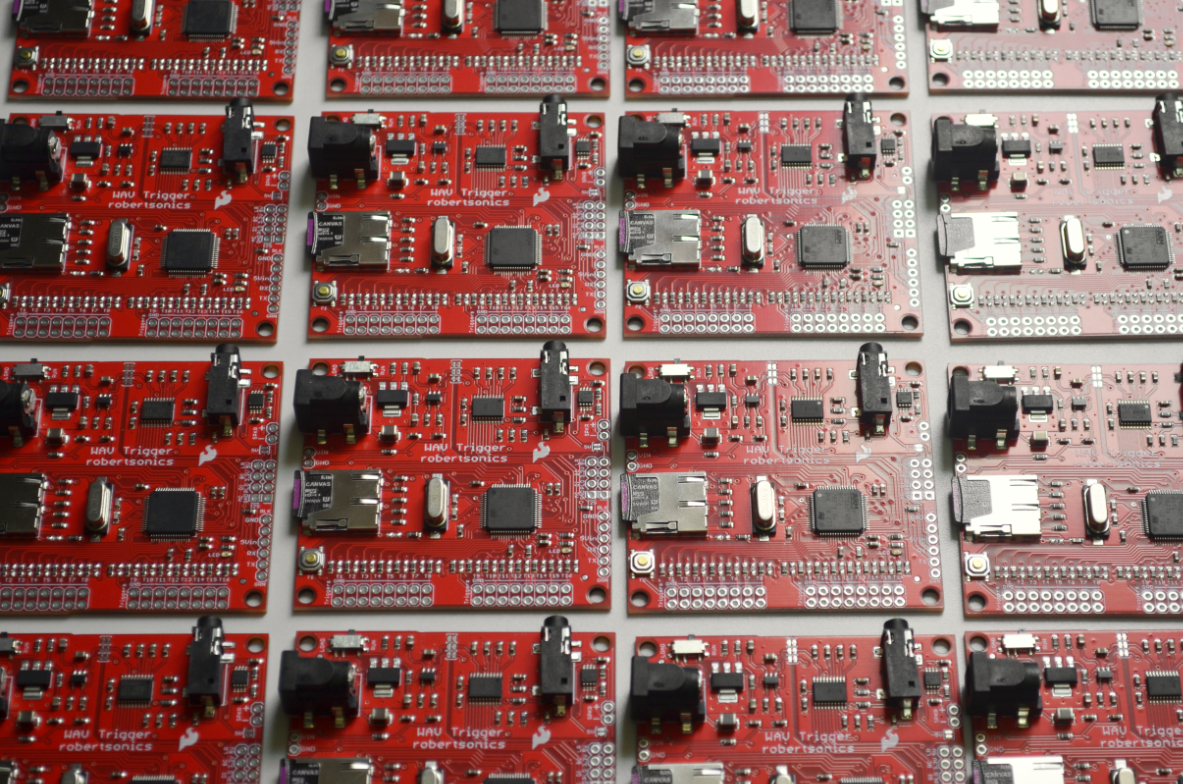
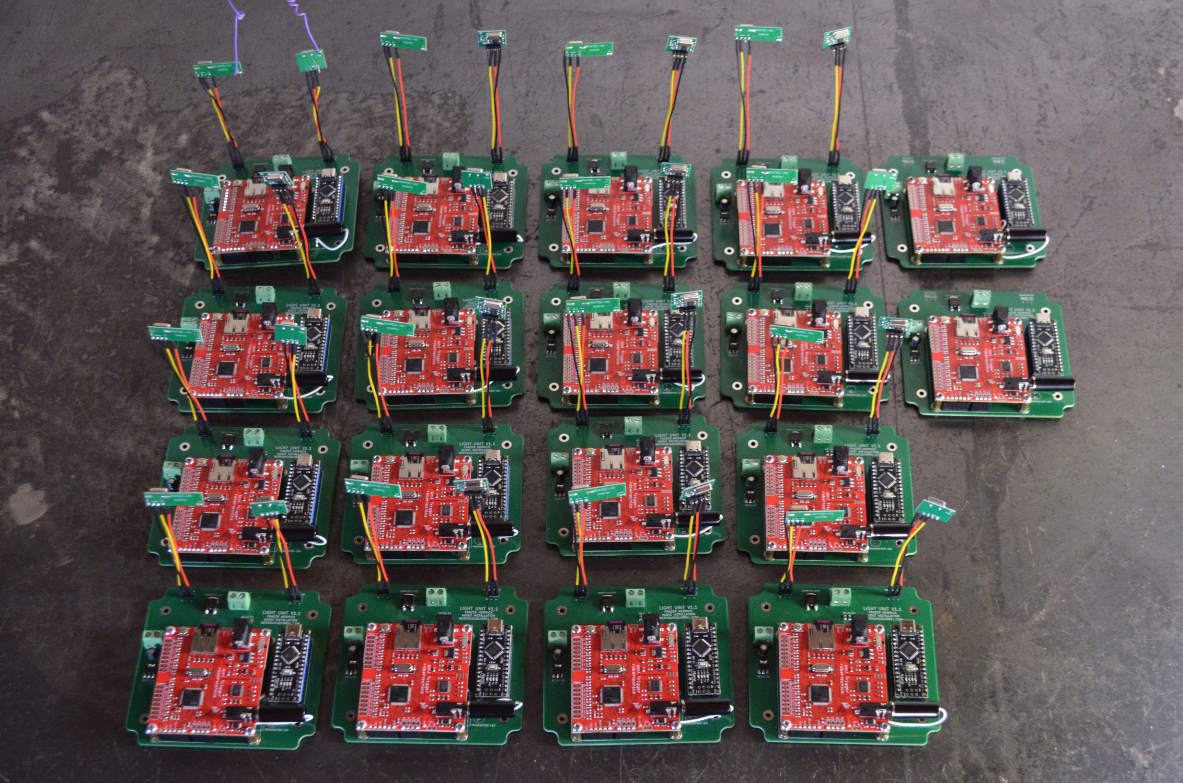
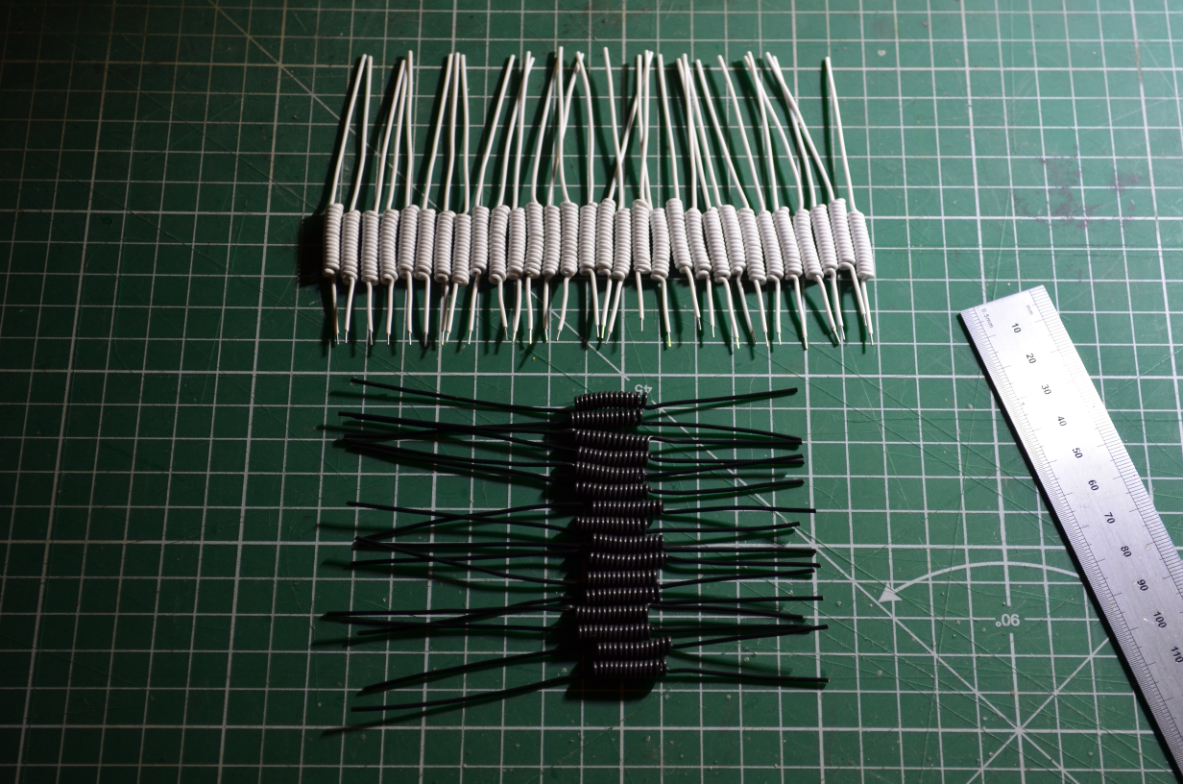
These are the control boxes for the wall mounted lights, which play back the various parts of the stories.
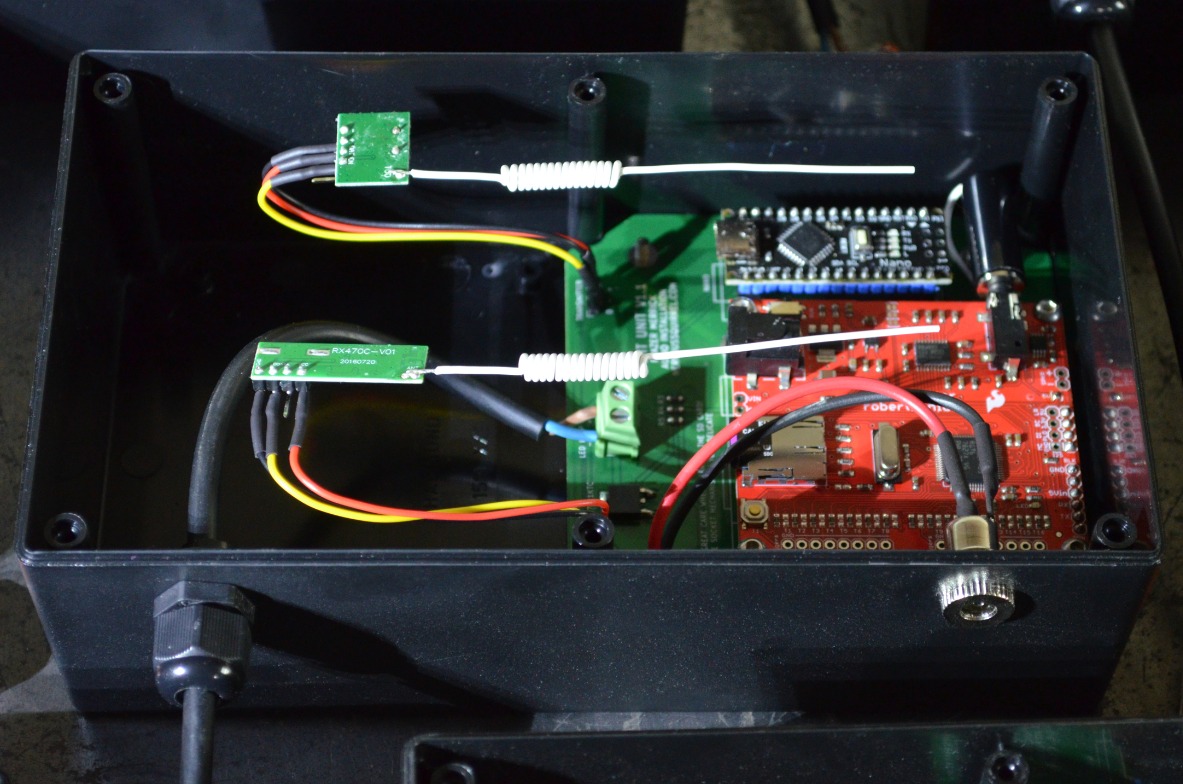
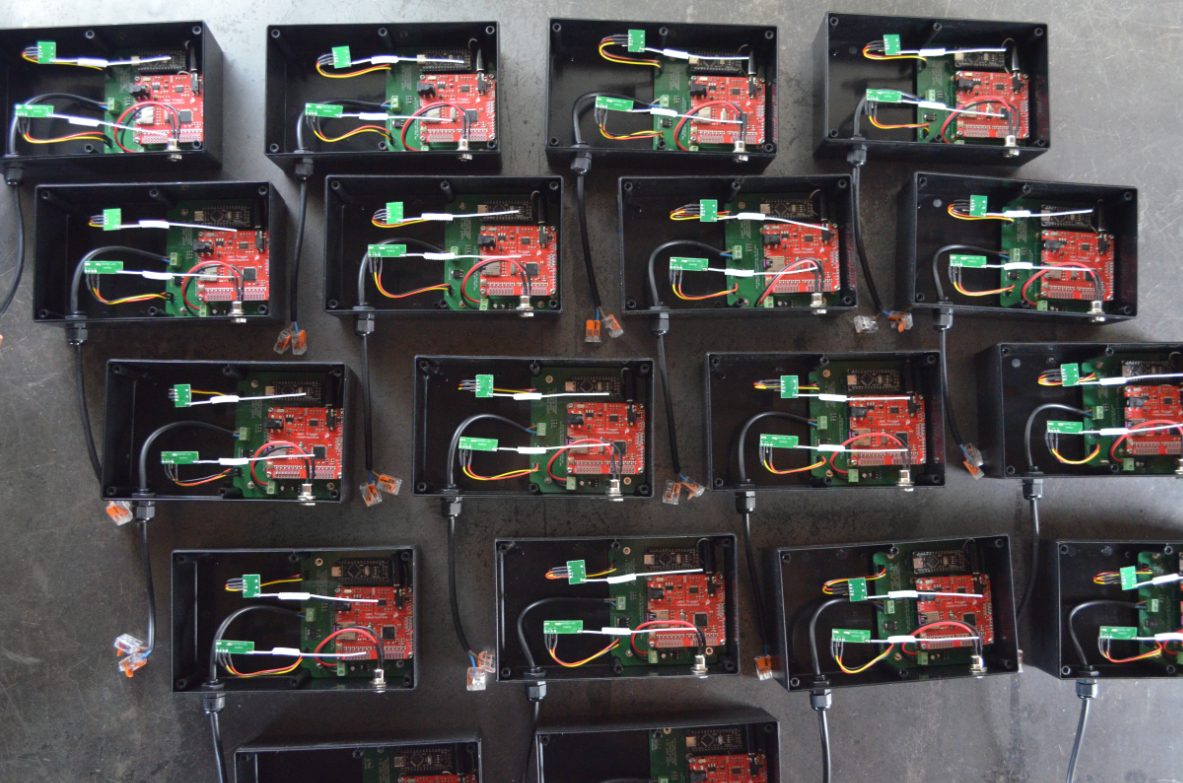
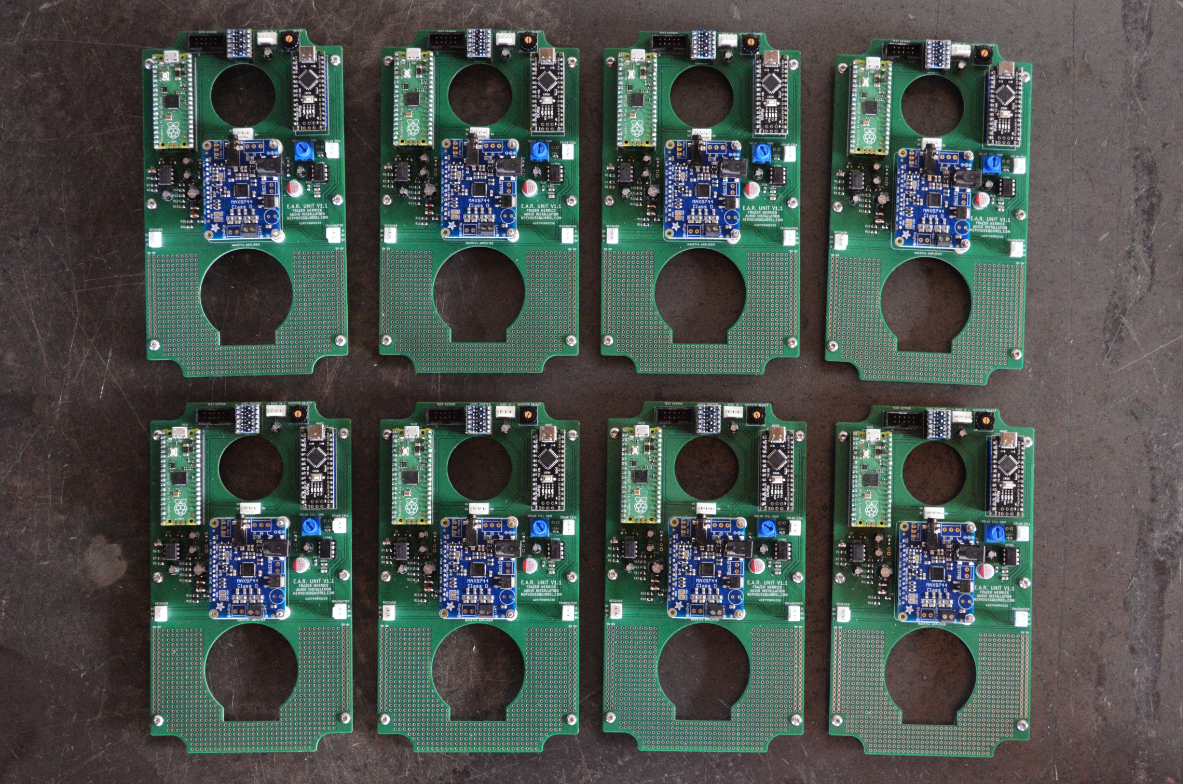
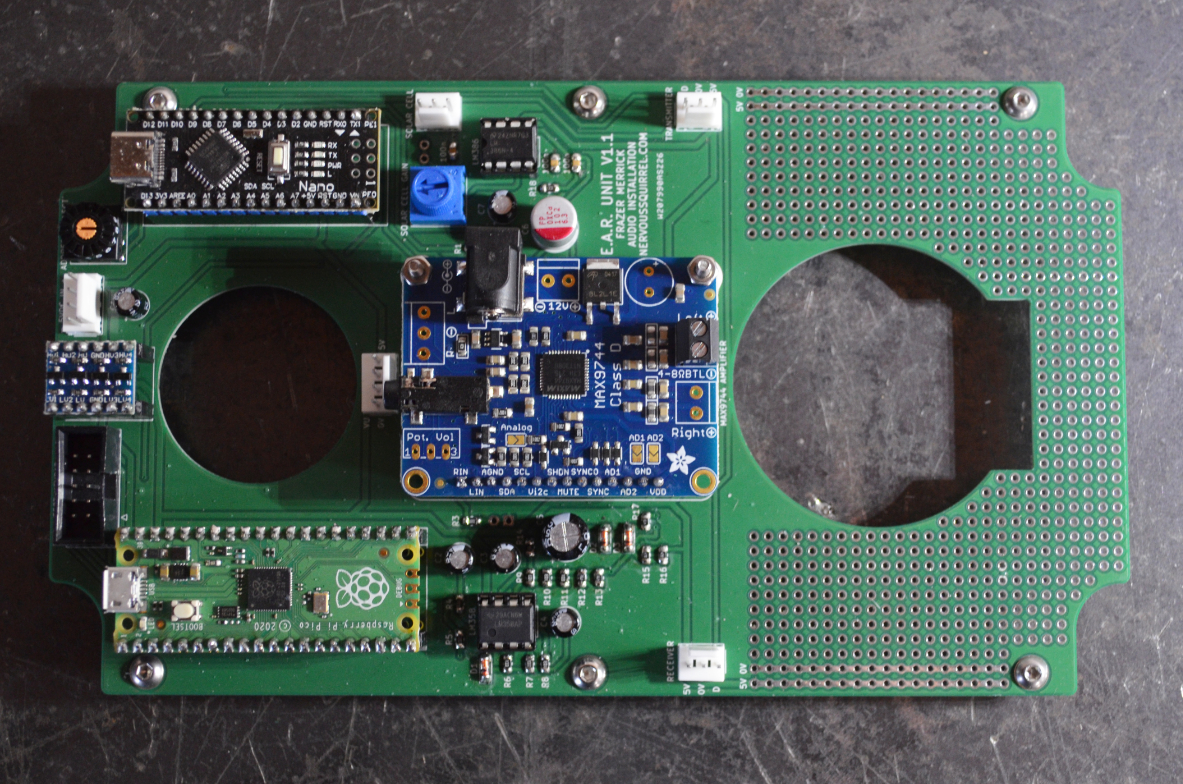
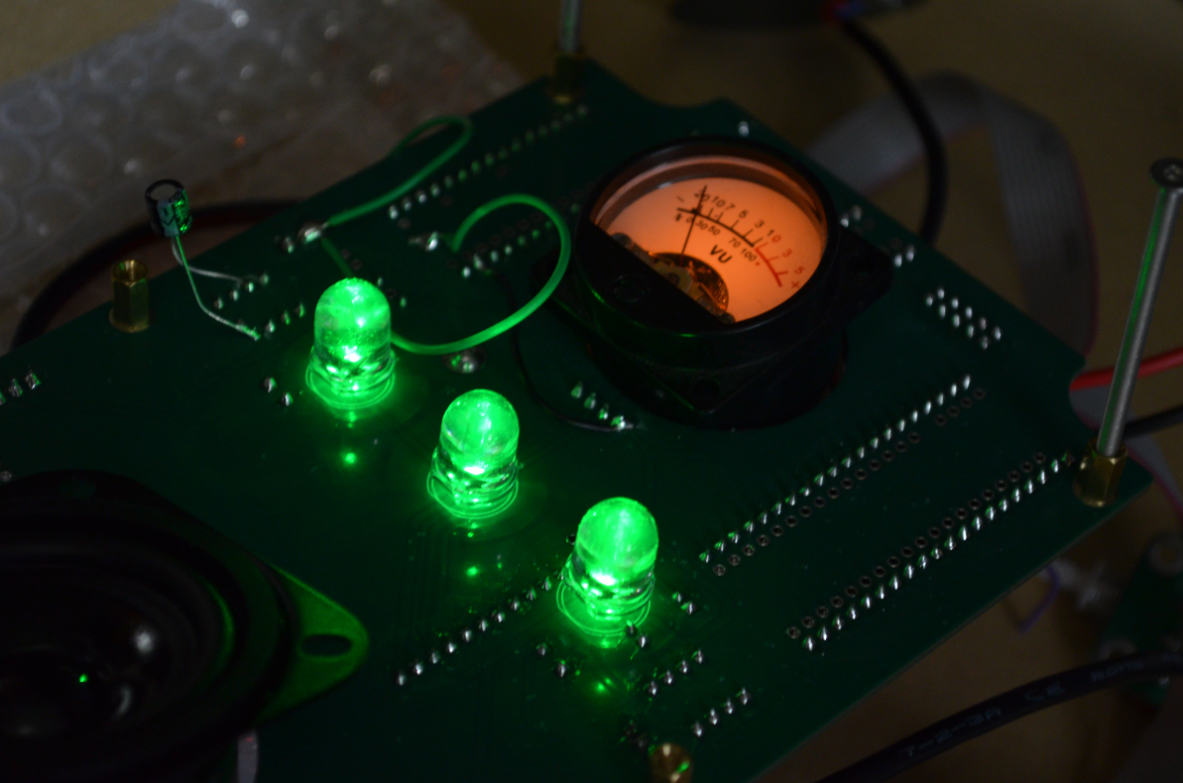
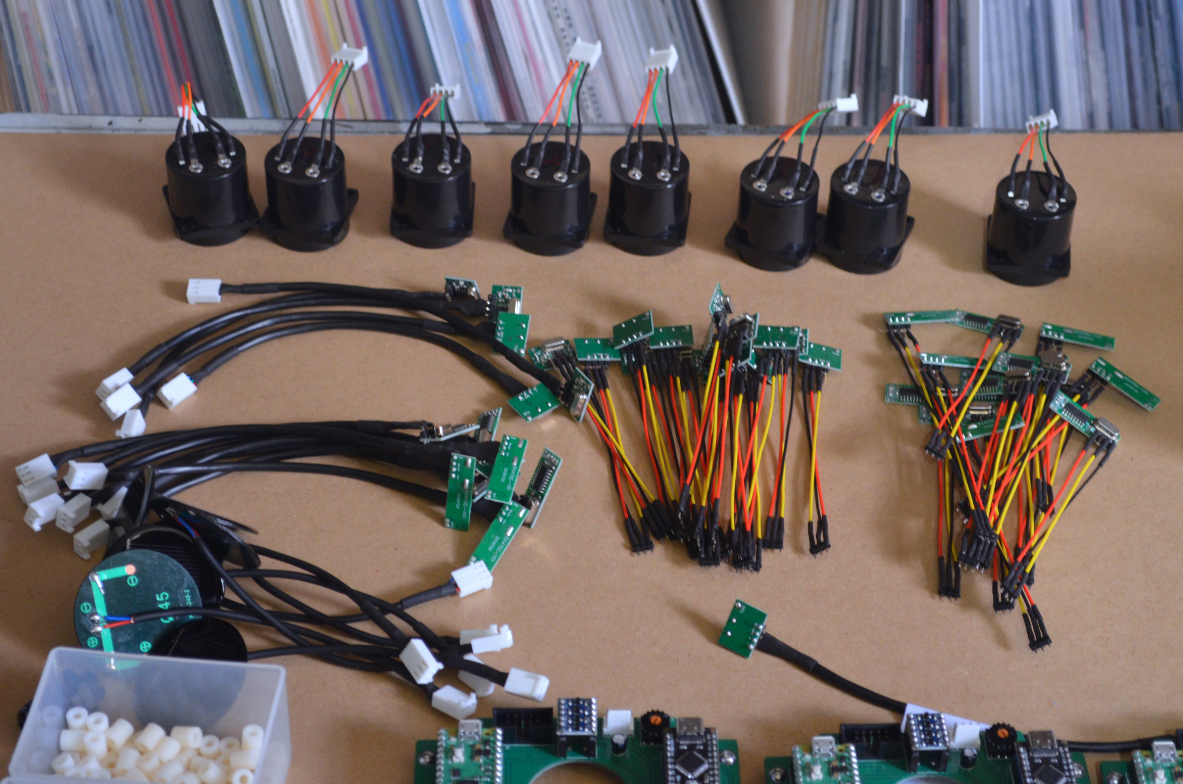
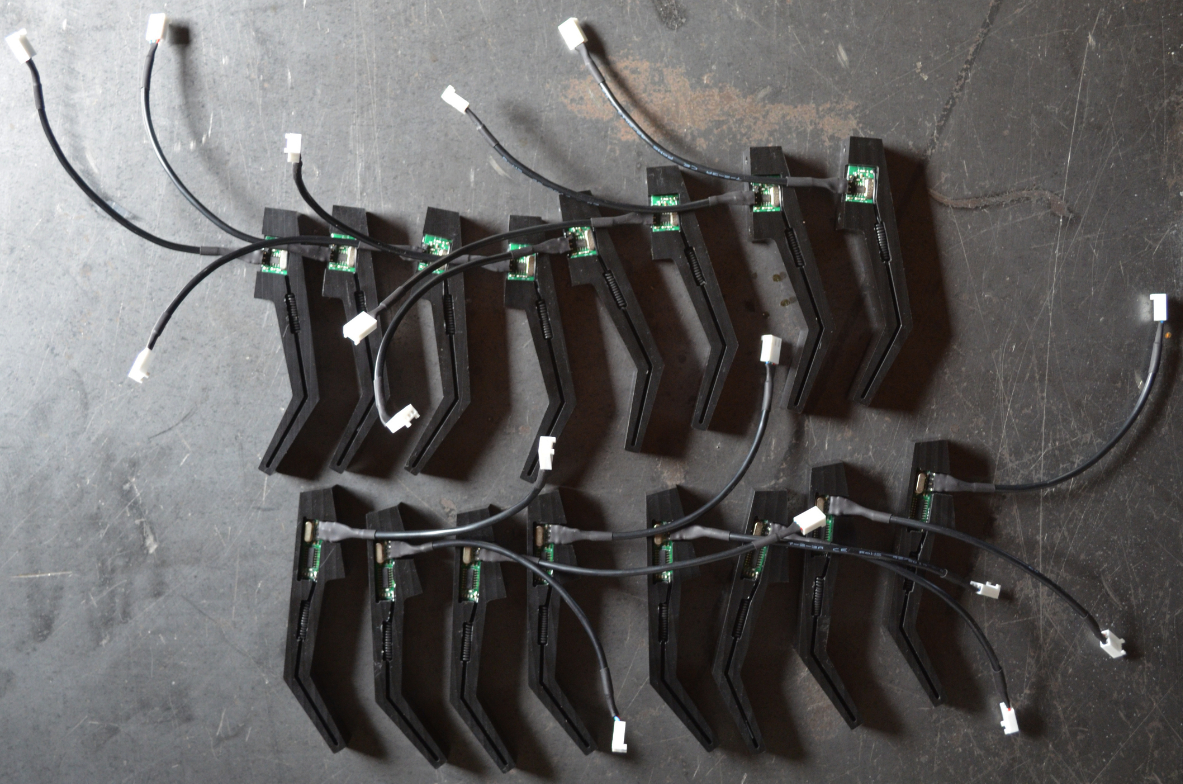
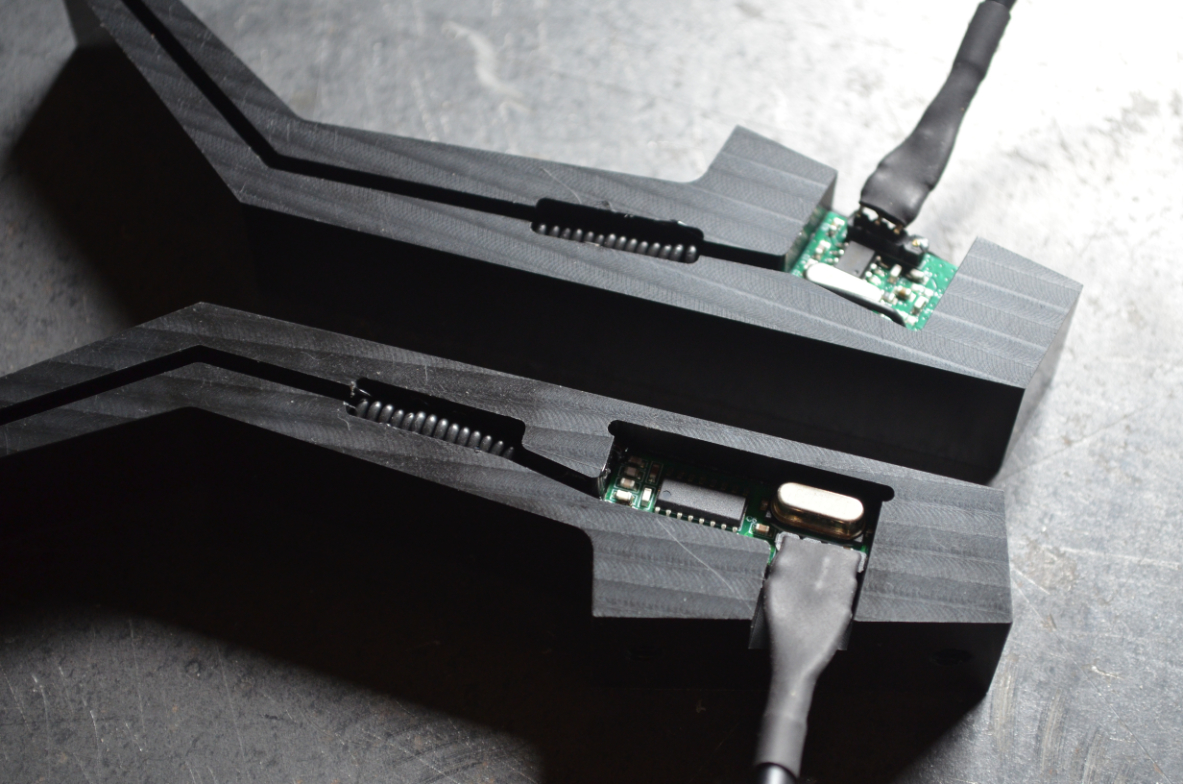
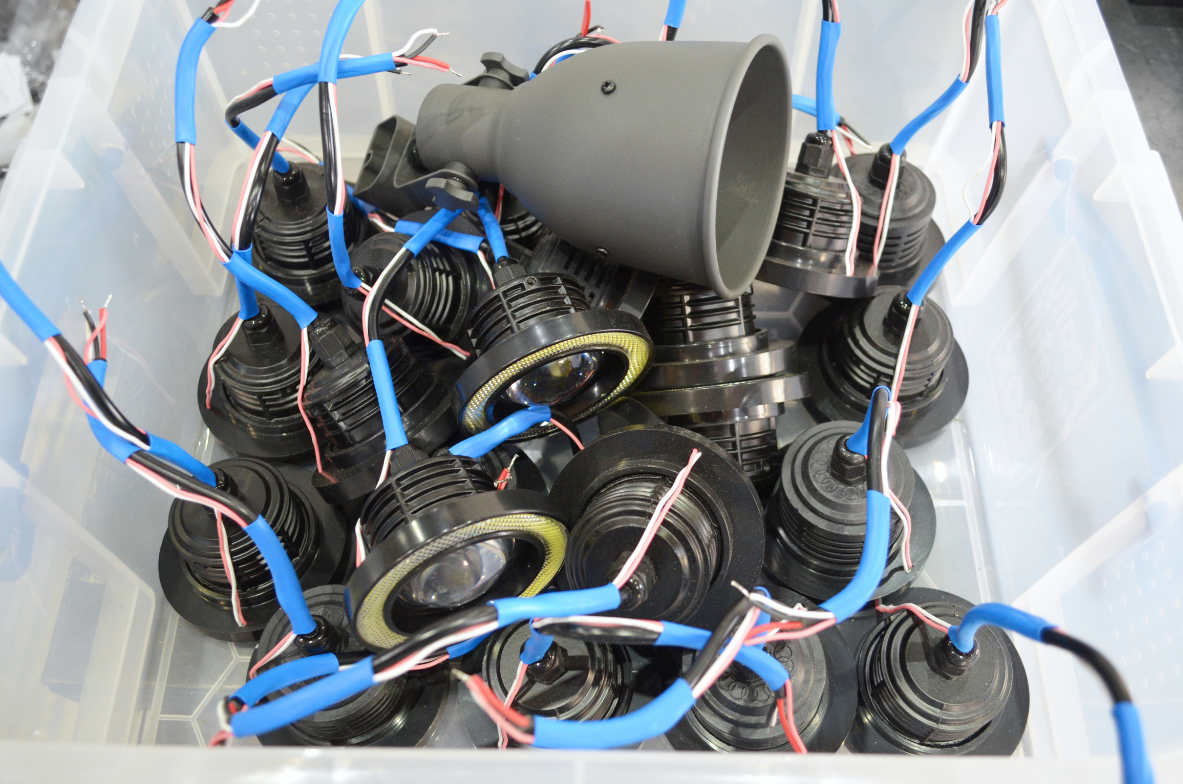
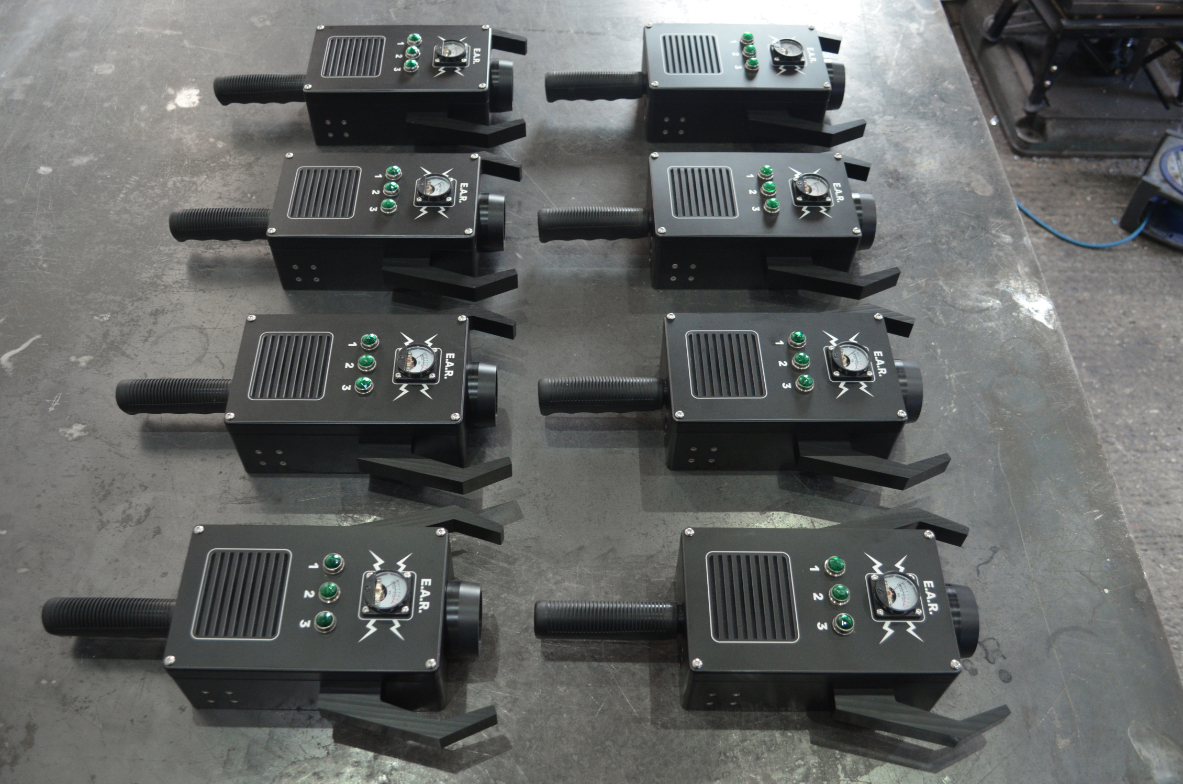
Thanks to Frazer Merrick, Rich Hall, Jo Clarke and Laura Trevail.
As always: get in touch if you need any PCB design, electronic or audio related projects executed with enthusiasm and panache.
